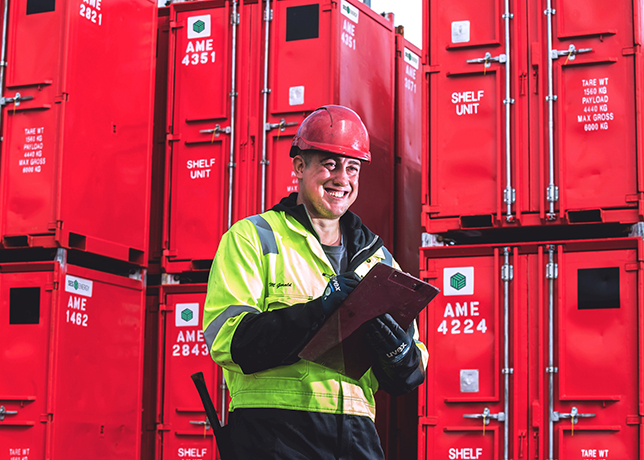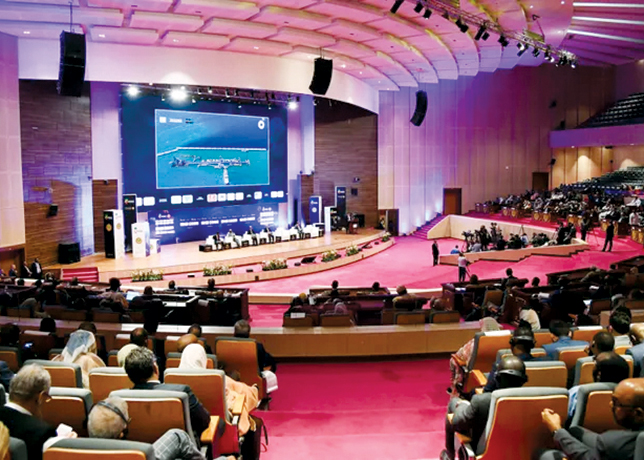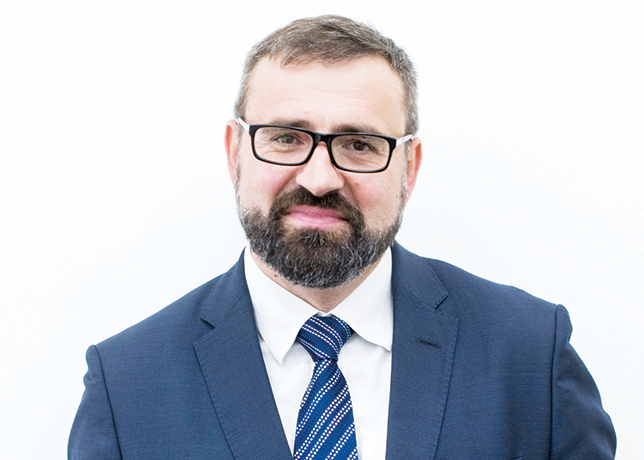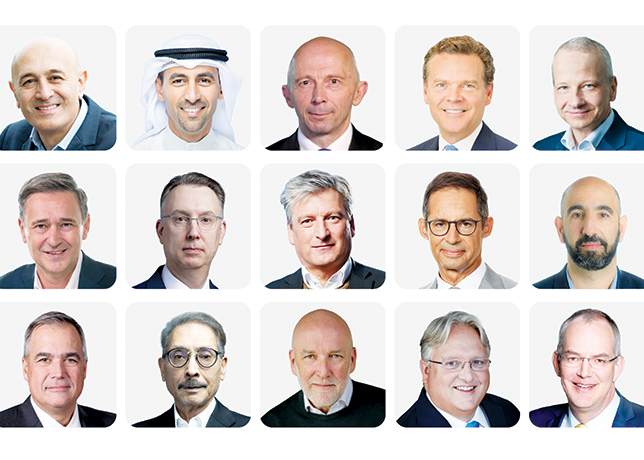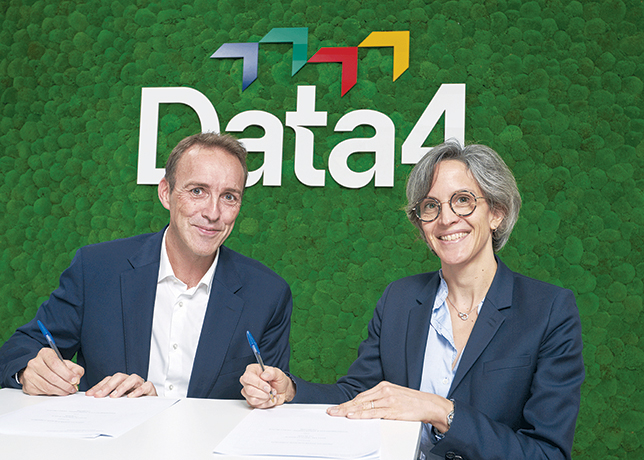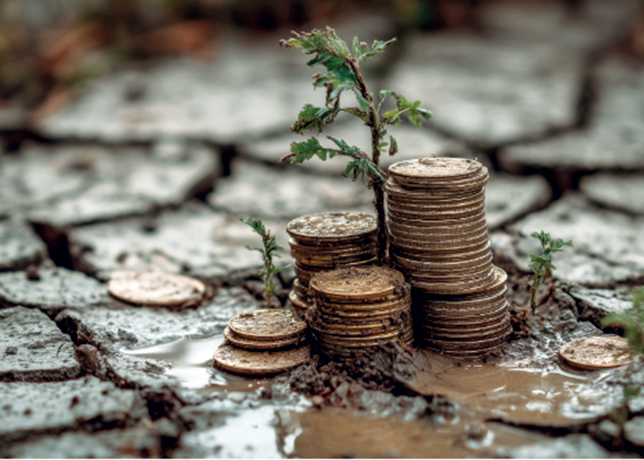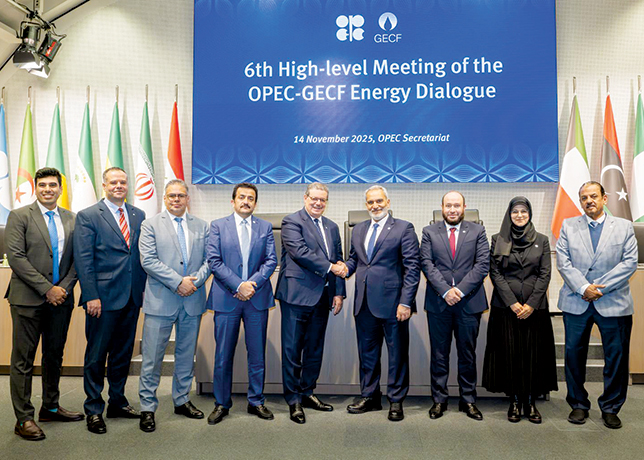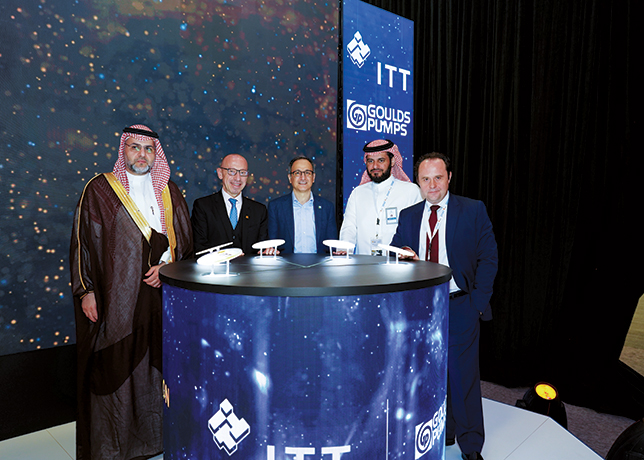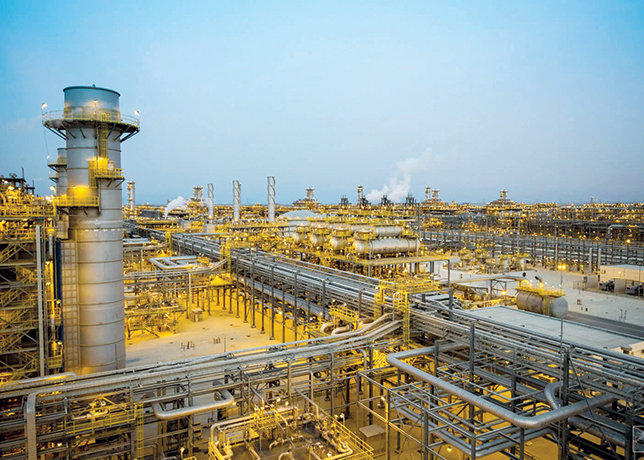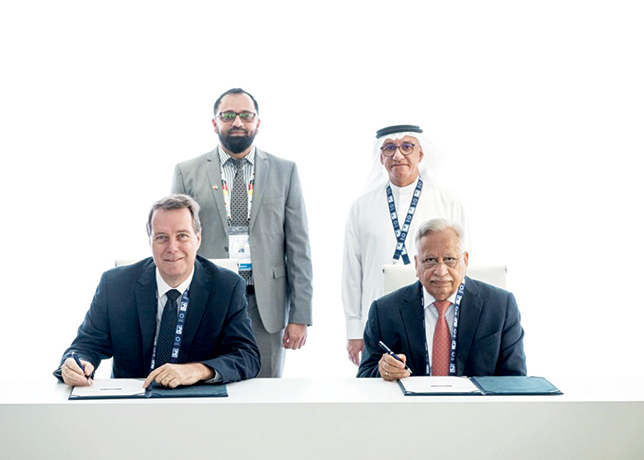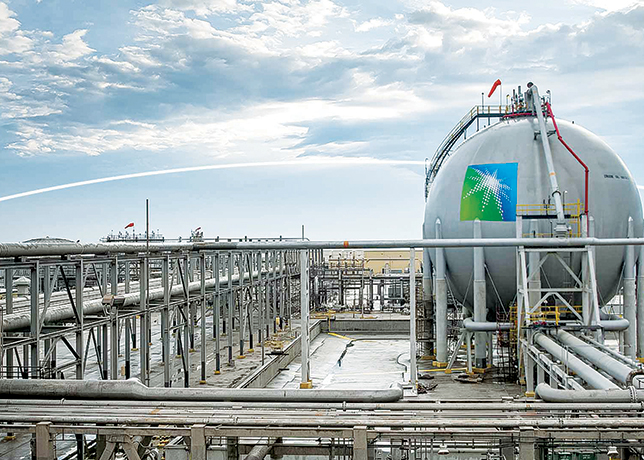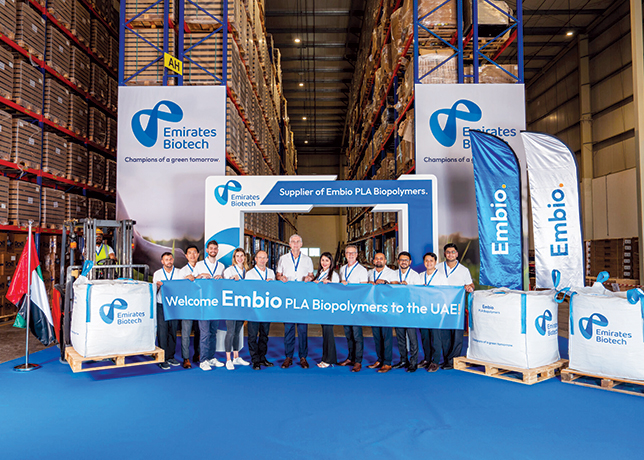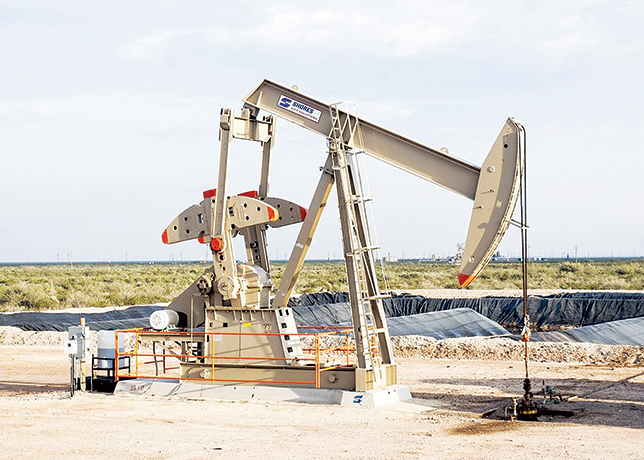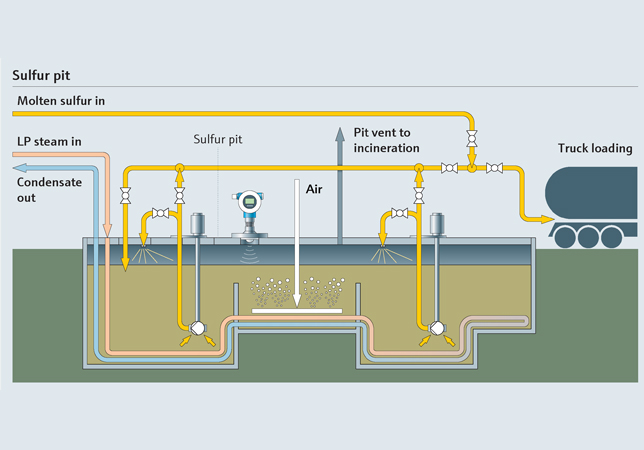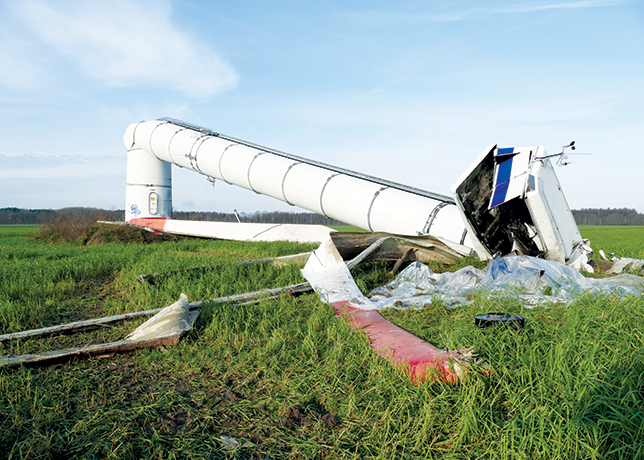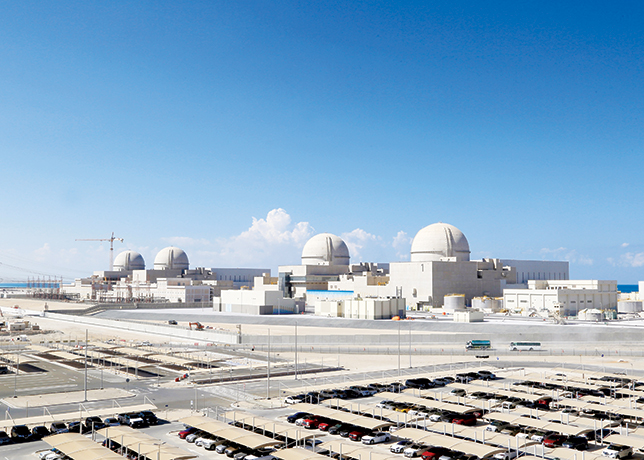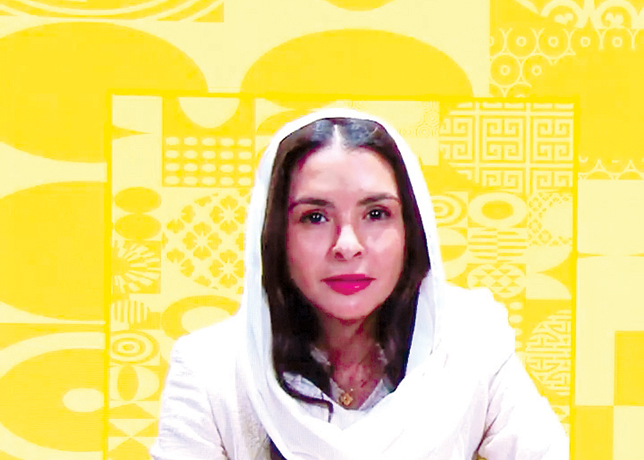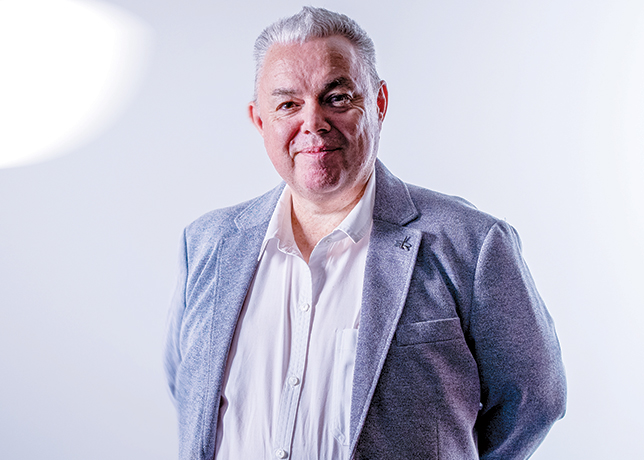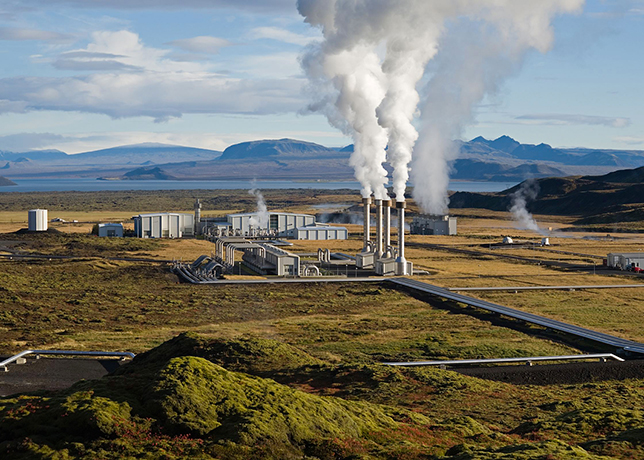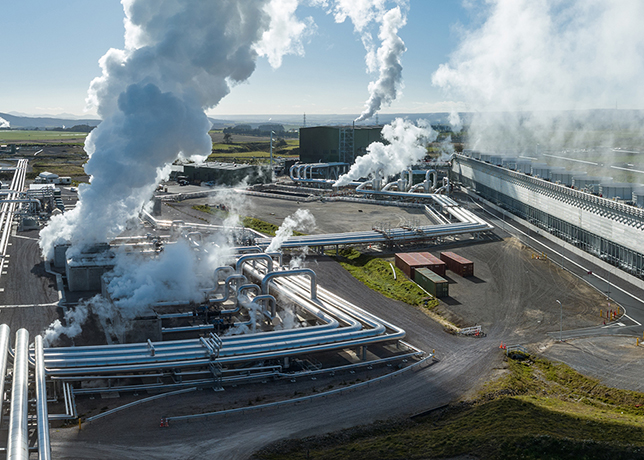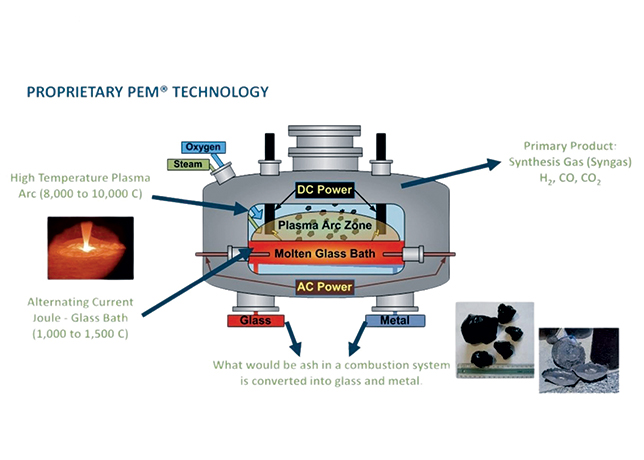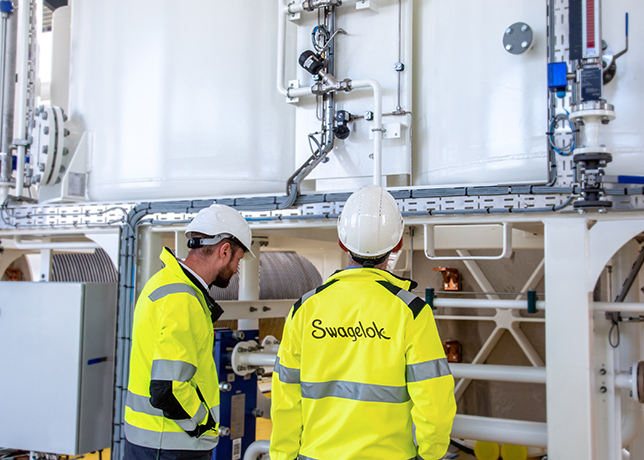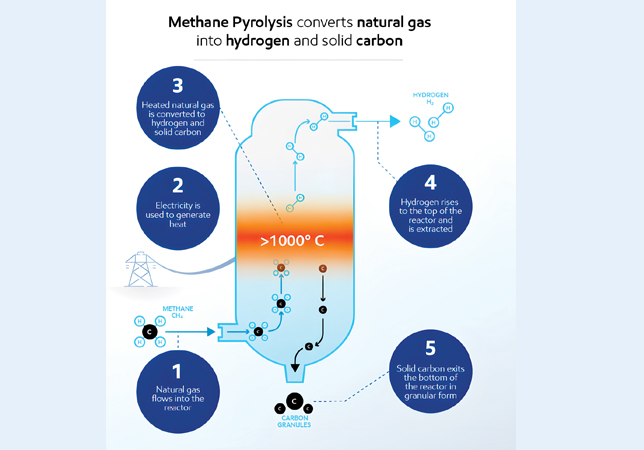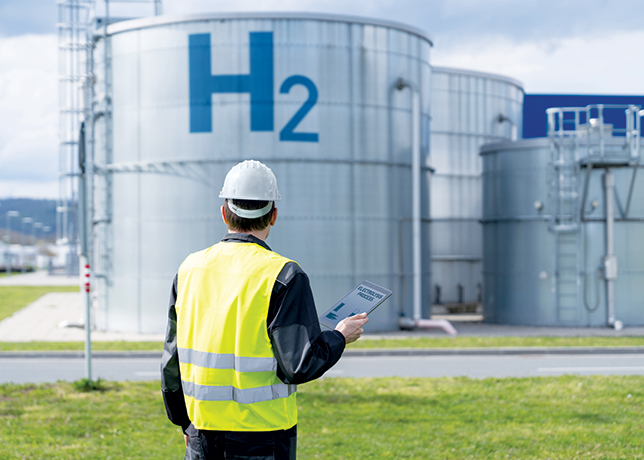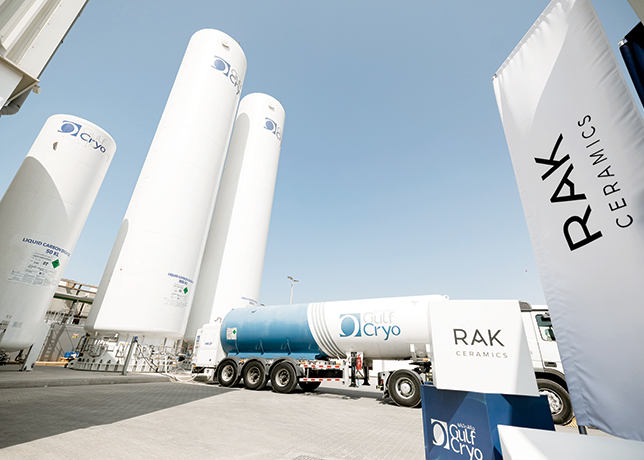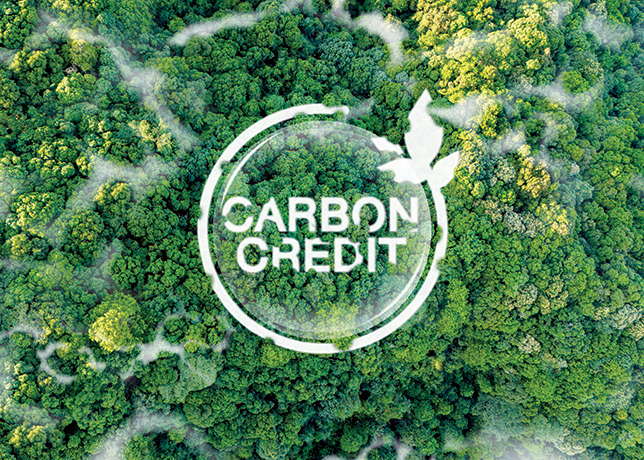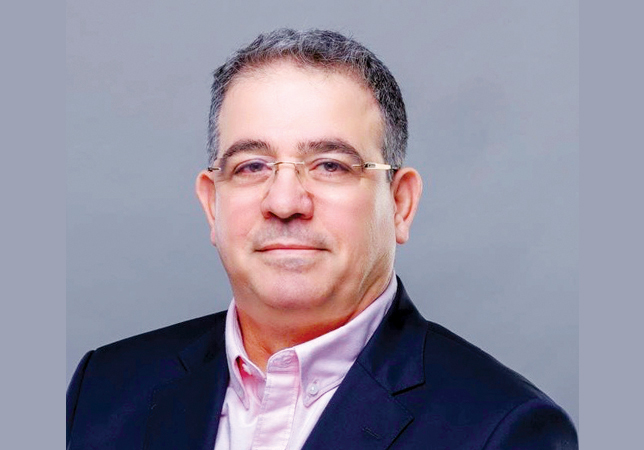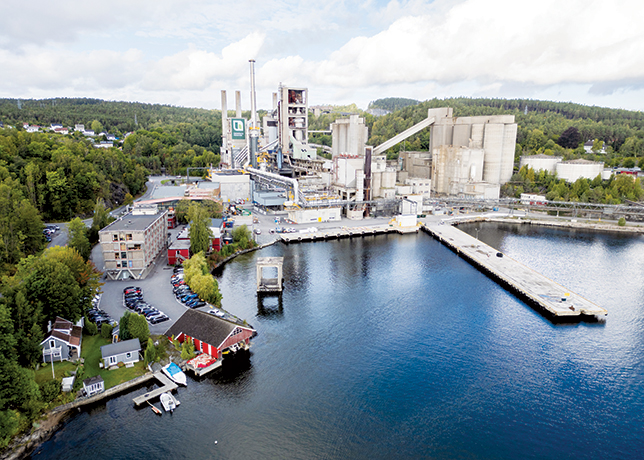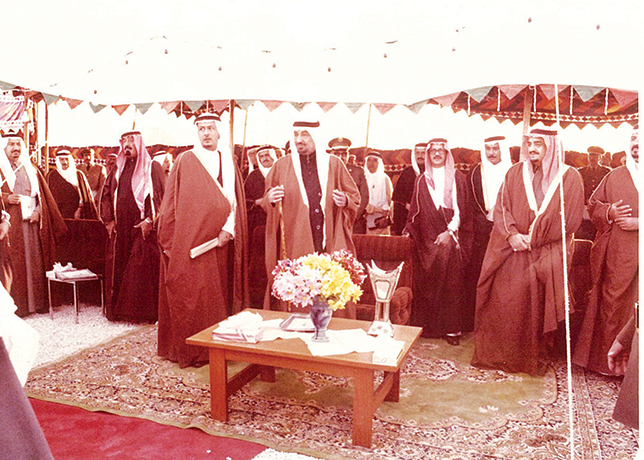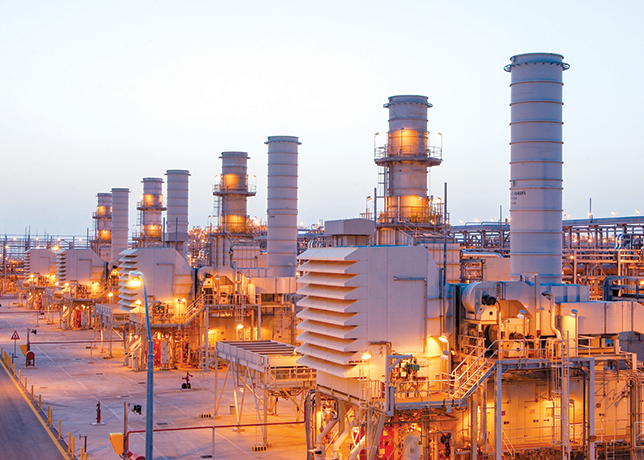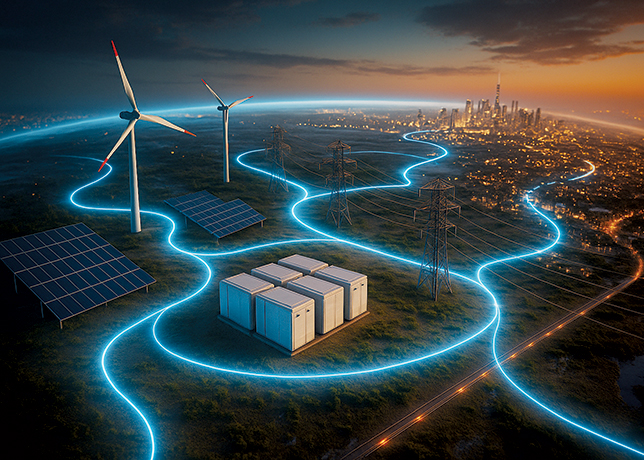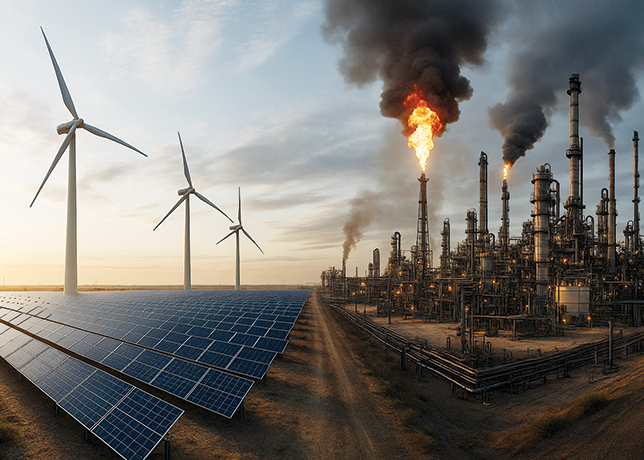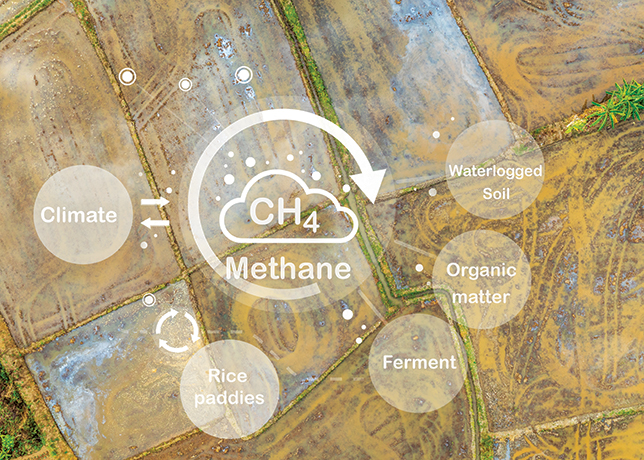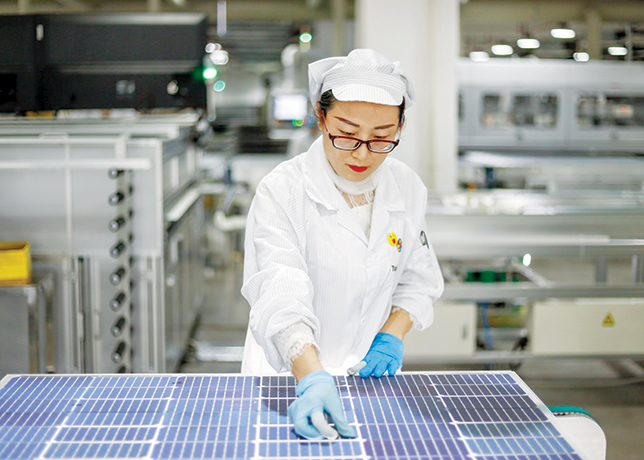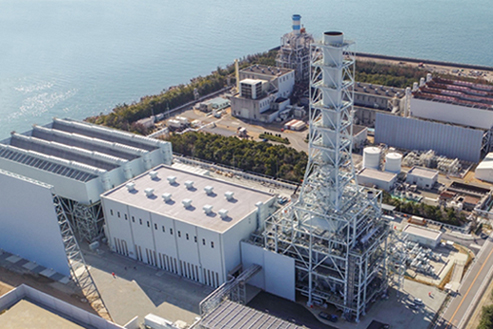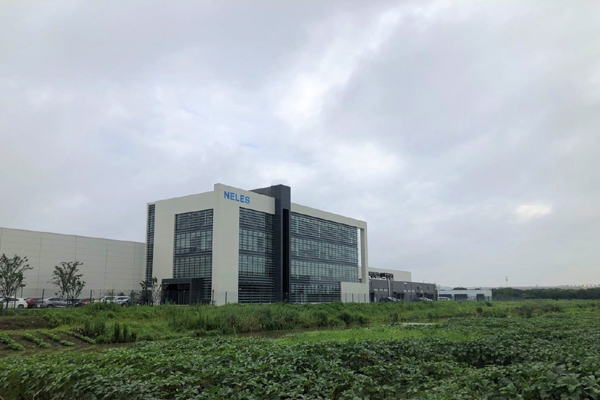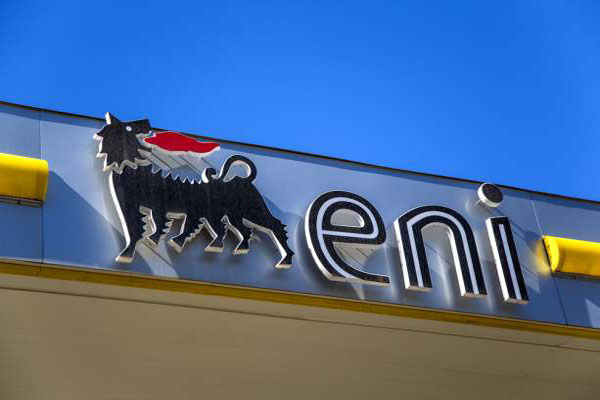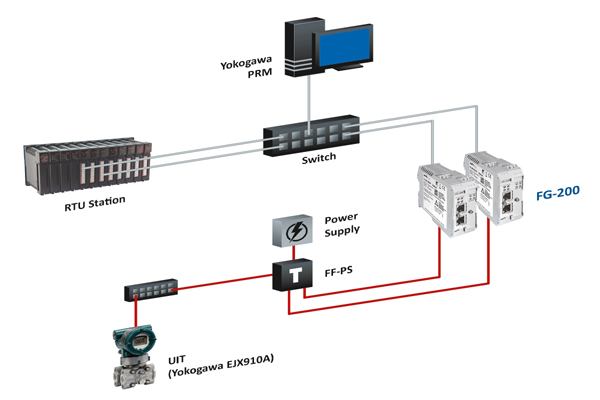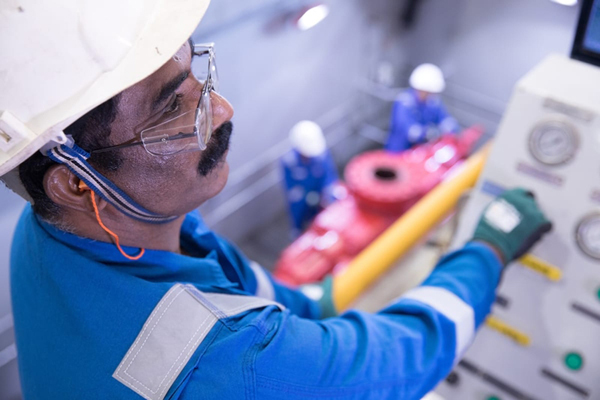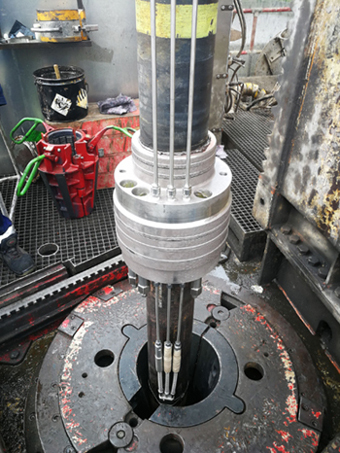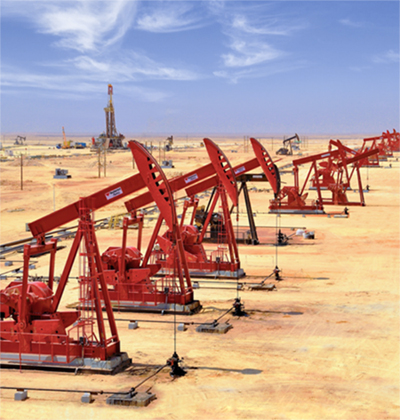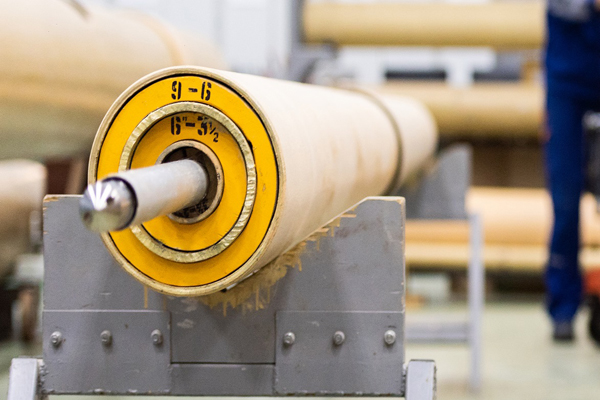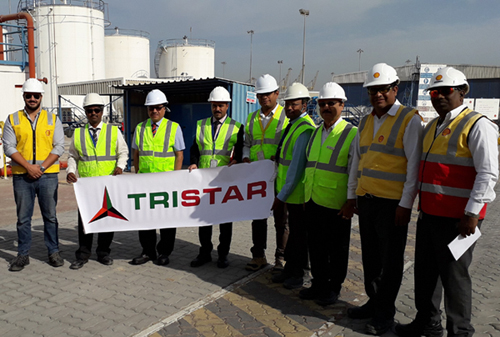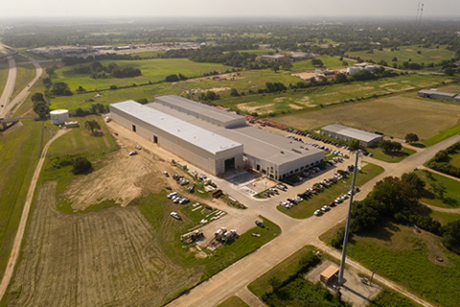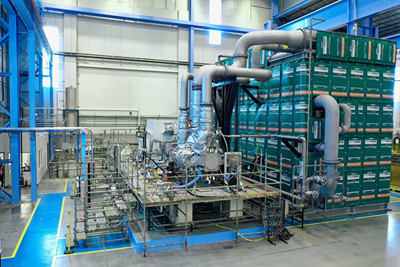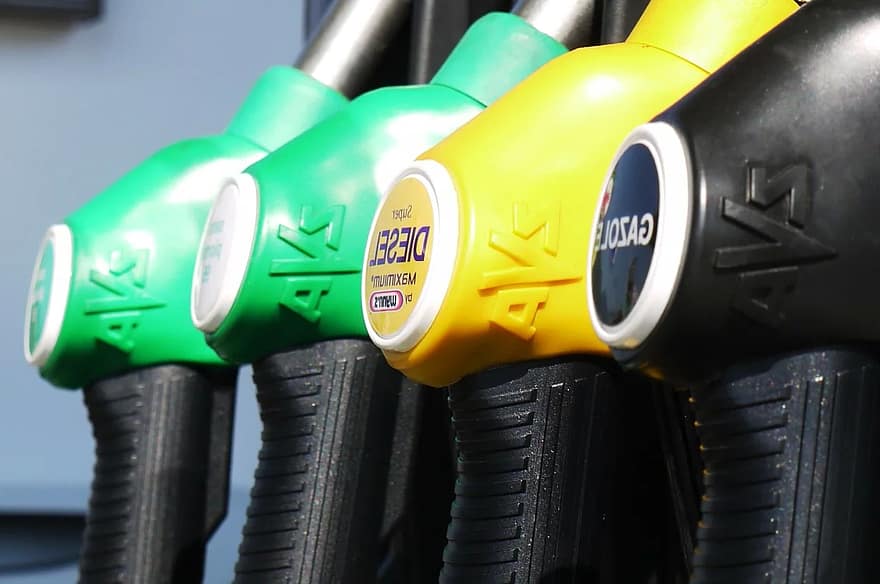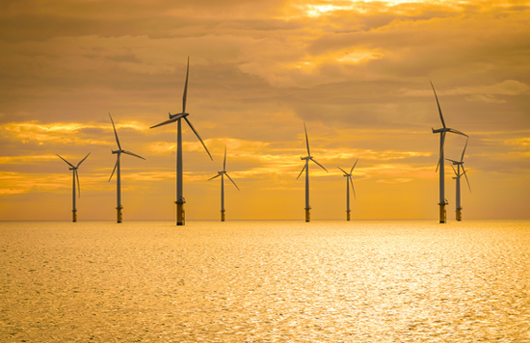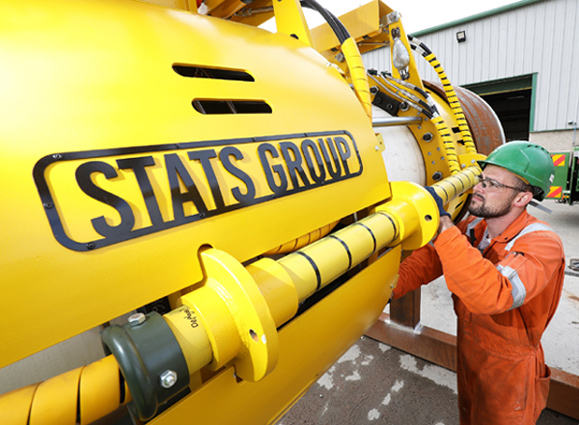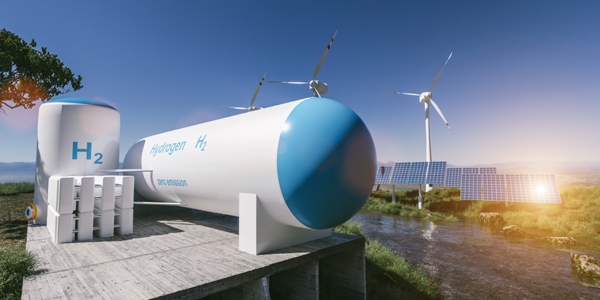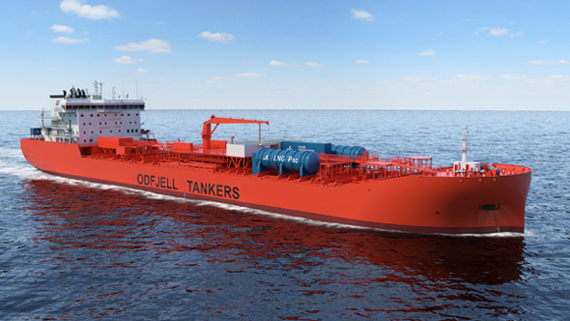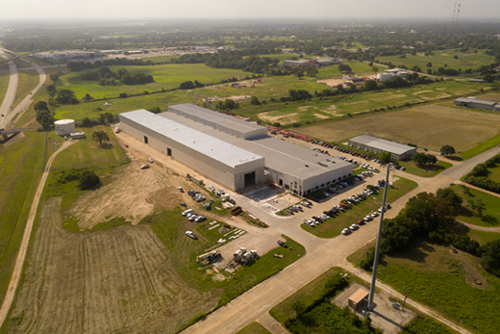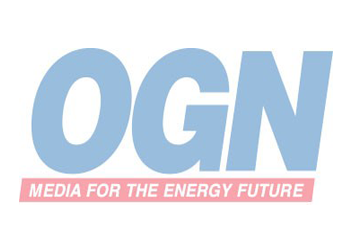
 Pablo Avogadri
Pablo Avogadri
Bahrain and fellow GCC nations are embracing renewable energy, hydrogen, and technological innovation to transition beyond oil reliance by 2050, Pablo Avogadri, Partner and Director, Energy, at BCG, tells OGN
Bahrain finds itself at a pivotal crossroads in the region's ongoing transition to a more sustainable energy future.
Historically dependent on oil and gas revenues, the Kingdom, like its GCC neighbours, faces both the challenge and opportunity to diversify its economy while maintaining its crucial role in the global energy landscape.
Overall, the GCC as a whole is making bold strides to align with global energy transition trends, focusing on expanding renewable energy sources and pioneering new technologies.
With abundant solar potential and strategic investments in large-scale projects, countries like Saudi Arabia, the UAE, and Oman are positioning themselves to lead in the clean energy space, Pablo Avogadri, Partner and Director, Energy, at BCG, told OGN energy magazine.
Below are excerpts from the interview:
Given the region’s historic reliance on fossil fuels for economic and energy stability, what transformative changes or strategies do you foresee emerging in the Arabian Gulf to align with global energy transition trends, and how might these redefine the region's role in the global energy landscape?
The Gulf region, historically reliant on fossil fuels for economic and energy stability, is undergoing a significant transformation to align with global energy transition trends.
Several transformative changes and strategies are emerging, likely to redefine the region's role in the global energy landscape.
The Gulf countries are significantly increasing their investments in renewable energy, particularly solar and wind power, as part of a broader strategy to diversify their energy mix.
In solar energy, they have set an ambitious target of installing over 90 GW of capacity by 2030, reflecting a more than 100 per cent year-on-year growth compared to 2023.
In the wind energy sector, despite the challenges posed by low-speed winds and low capacity rates, Gulf nations are exploring the offshore wind potential.
They plan to install over 20 GW of wind capacity by 2030. Additionally, there are significant investments in smart grid technologies designed to integrate renewable energy into the grid more efficiently.
Artificial intelligence (AI) and the Internet of Things (IoT) are also being utilised to optimise energy consumption in cities and industries.
 |
Efforts to connect energy grids across the GCC region are ongoing, fostering greater stability and efficiency.
Moreover, the Gulf countries are looking to become key players in the global energy market by exporting clean energy, including hydrogen and other renewable energy sources.
Hydrogen is emerging as a central element in their energy strategies. Large-scale green hydrogen projects are being developed in Saudi Arabia, Oman, and the UAE, leveraging their abundant and affordable renewable energy resources for electrolysis.
Collectively, the GCC countries are expected to account for 10-15 per cent of the global supply of green hydrogen by 2040.
At the same time, Gulf nations are producing blue hydrogen using their existing natural gas reserves and carbon capture technologies.
With their strong position in clean hydrogen, the GCC countries are also positioning themselves as major players in the emerging e-fuels market, aligning their ambitions with national visions such as Saudi Arabia’s Vision 2030 and the UAE’s Energy Strategy 2050.
Reducing dependence on oil revenue remains a key focus for Gulf countries as they work to diversify their economies.
Economic vision plans, such as Saudi Vision 2030 and UAE Vision 2050, prioritise the expansion into sectors like technology, tourism, and manufacturing, aiming to create more sustainable sources of income.
To support these efforts, Gulf states are making use of their substantial sovereign wealth funds, deploying them globally to invest in clean energy startups, research, and innovation.
Alongside these financial strategies, regulatory frameworks are being reformed to attract foreign direct investment in renewables and green technologies, creating a more favourable environment for such investments.
Furthermore, collaboration with international companies is helping to accelerate technology transfer and the execution of large-scale projects, furthering the region's economic diversification and development goals.
How should GCC nations balance their net-zero ambitions with their heavy dependence on fossil fuel revenues?
Balancing net-zero ambitions with a continued reliance on fossil fuel revenues requires a carefully structured strategy that ensures both economic stability and a smooth transition to sustainable energy.
Gulf nations must adopt an approach that capitalises on their existing strengths in the energy sector while diversifying their economies to ensure long-term resilience.
One key strategy involves decarbonising the fossil fuel value chain through advancements in carbon capture, utilisation, and storage (CCUS), alongside eliminating methane emissions.
CCUS enables Gulf countries to monetise their hydrocarbon resources more sustainably, contributing to global decarbonisation efforts while continuing to benefit from their fossil fuel reserves.
The region’s abundant solar resources also present an opportunity for global export of renewable energy.
Large-scale projects aimed at producing and exporting green hydrogen and clean electricity offer new revenue streams, in line with the global shift in energy demand and increasingly stringent regulations.
Additionally, accelerating economic diversification is crucial. Investments in non-oil sectors such as real estate, tourism, logistics, manufacturing, and technology should be prioritised.
At the same time, sovereign wealth funds can be deployed strategically to invest in global green energy initiatives and emerging industries, securing steady income streams even as oil and gas revenues gradually decline.
Finally, fostering regional collaboration and global partnerships will allow GCC nations to pool resources, share expertise, and create unified policies that drive efficiency across energy and economic sectors.
What economic diversification strategies do you recommend for smaller, oil-dependent economies like Bahrain to transition effectively?
For a smaller, oil-dependent economy like Bahrain, economic diversification presents both a challenge and an opportunity.
To transition effectively, Bahrain should adopt a multi-faceted approach, capitalising on its existing strengths while developing new high-growth sectors.
One key area for diversification is the energy mix. While Bahrain currently relies heavily on gas for power generation, there is significant potential to invest in low-carbon generation technologies, even within the constraints of limited available land.
By exploring innovative technologies that require smaller spaces, both onshore and offshore, and focusing on small-scale and distributed generation, Bahrain can gradually reduce its reliance on fossil fuels.
Strengthening energy security is another crucial aspect of Bahrain's transition. Developing interconnections with neighbouring countries and expanding fuel logistics would increase the country's flexibility and reduce its dependence on limited or unreliable resources.
Furthermore, Bahrain must rebalance its use of energy by reducing exposure to sectors that rely heavily on affordable energy.
Diversifying revenue streams in sectors like financial and digital services, logistics and trade, and tourism and culture can help build a more resilient economy.
By leveraging these existing strengths, Bahrain can create a more sustainable and diverse economic foundation for the future.
What are the most promising zero-carbon solutions or technologies that GCC countries should adopt to maintain energy leadership?
Carbon capture, utilisation and storage (CCUS) plays a crucial role in decarbonising industrial processes and existing oil and gas operations.
GCC nations can leverage their expertise in large-scale projects to implement CCUS in sectors such as power generation, refining, and petrochemical facilities.
This would allow the continued use of fossil fuels in a more sustainable manner, aligning with global decarbonisation goals.
Expanding renewable energy is also a critical priority, with scaling up solar and wind power being essential for meeting domestic energy needs while reducing emissions.
Additionally, the GCC can explore the export of surplus renewable energy or utilise it for green hydrogen production, further positioning the region as a leader in clean energy.
Energy efficiency technologies offer a low-cost and impactful solution to reducing energy consumption and emissions across industrial and residential sectors.
Implementing smart grid systems, energy-efficient building codes, and advanced cooling systems can significantly improve efficiency, leading to both cost savings and environmental benefits.
Moreover, to stabilise the supply of renewable energy, investments in battery storage and modernising grid infrastructure are essential.
These technologies will allow the GCC to integrate intermittent renewable energy sources effectively, ensuring a reliable and consistent power supply for the region.
How can artificial intelligence (AI) enhance the profitability and efficiency of energy companies during the transition to cleaner energy sources?
Optimising exploration and production is one area where AI has a significant impact, enhancing seismic interpretation and reservoir modelling, predicting reservoir performance, and identifying optimal drilling plans to maximise throughput.
In midstream and downstream, AI helps improve returns by monitoring equipment in real-time, enhancing yields to maximise gross margins, and predicting failures to schedule maintenance, which reduces downtime, extends asset lifespan, and lowers costs.
AI also plays a vital role in the integration of renewable energy, optimising power generation by forecasting output, balancing supply and demand, ensuring grid stability, and reducing waste.
In supply chain management, AI streamlines operations by optimising logistics, inventory management, and procurement processes, leading to greater efficiency across the value chain.
Is carbon capture and storage (CCS) a viable solution for GCC economies, and what role can it play in meeting global climate goals?
CCS is a crucial solution for GCC economies, enabling them to balance economic sustainability with global climate goals.
The region’s existing expertise in energy infrastructure, coupled with abundant geological storage capacity, uniquely positions it to lead in CCS implementation.
CCS can play a pivotal role in decarbonising oil and gas operations, supporting the production of blue hydrogen, and creating opportunities for carbon import, use, and storage.
What specific renewable energy strategies, such as solar or hydrogen, hold the most promise for the region’s unique geography and climate?
The GCC’s geography and climate make it well-suited for solar, hydrogen, and wind energy development.
In solar power, the region’s world-class solar irradiance and vast, affordable land are key assets, allowing for large-scale projects that generate clean energy for domestic use while displacing fossil fuels and increasing export potential.
In hydrogen production, the GCC is well-positioned as a global leader, with green hydrogen powered by renewables and blue hydrogen supported by natural gas and CCS.
Projects like Saudi Arabia’s NEOM and Oman’s Hydrom are paving the way for this transition.
Additionally, the region's high wind power density, particularly in areas like Oman and Saudi Arabia, supports wind energy projects such as the Dhofar Wind Farm, diversifying renewable capacity.
What policy shifts or incentives are necessary to encourage private sector participation in the clean energy transition?
Renewable energy policy should focus on setting reliable, comprehensive, and transparent regulations to provide investment certainty.
Financial support can be enhanced by offering affordable access to capital, tax breaks, or carbon pricing where needed to create attractive investment opportunities.
Public-private partnerships (PPPs) can help share risks and attract investment in large-scale renewable projects.
Simplifying permitting processes through a streamlined regulatory framework will reduce the risk of delays and encourage further investments. Additionally, feed-in tariffs and net metering should be implemented to allow private entities to sell renewable energy back to the grid profitably, ensuring fair access and potentially unbundling the grid.
How can fossil fuel companies in the GCC leverage investments in research and development to remain competitive?
GCC fossil fuel companies can stay competitive by investing in R&D to innovate and align with energy transition trends.
Key areas of focus include enhanced recovery methods to improve hydrocarbon reservoir efficiency, as well as emission reduction strategies to decarbonise the production and use of hydrocarbons, making them part of the solution to future energy challenges.
Advancing hydrogen and e-fuels will capture the growing market, while integrating renewables and low-carbon technologies helps diversify energy portfolios.
Additionally, digital transformation through AI and analytics can optimise operations and reduce costs, further enhancing competitiveness in the evolving energy landscape.
What role, if any, do you see for oil and gas in the region’s energy mix by 2050, and how should companies in the GCC position themselves for this evolving reality?
Oil and gas will remain integral to the region’s energy mix by 2050, though with a reduced share as alternative energy sources expand.
GCC energy companies can adapt to shifting demand and rising competition by enhancing cost efficiency through digitalisation and automation, which help cut costs and boost profitability. Decarbonising operations by focusing on cost-competitive solutions is also crucial in meeting future energy demands.
Additionally, diversifying markets and products by targeting growing markets in Asia and Africa, and investing in renewables, hydrogen, and carbon capture, will enable companies to meet the increasing demand for low-carbon solutions.
By Abdulaziz Khattak








